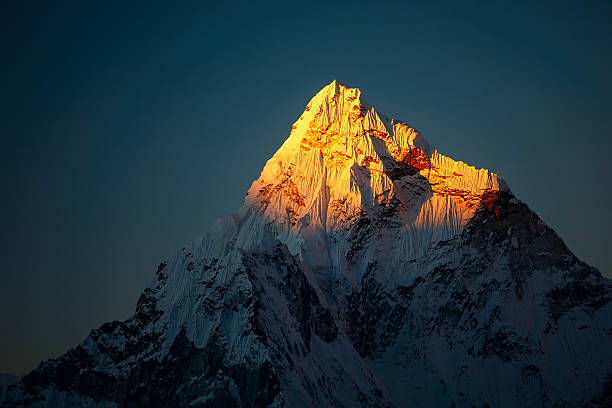The Everest Base Camp journey is a stunning experience that takes adventurers through the heart of the towering Himalayas, concluding at the foot of Mount Everest, the world’s highest mountain. This legendary journey in Nepal’s Khumbu area provides a one-of-a-kind combination of natural beauty, cultural diversity, and the difficulty of high-altitude trekking. The adventure begins at Lukla, where trekkers are met with a breathtaking view of the rough Himalayan environment. Trekkers encounter the particular combination of Buddhist culture and stunning surroundings that make the Everest area so distinctive as they rise past attractive Sherpa towns, lush forests, and across suspension bridges hung over rushing rivers. The final goal of the expedition is to reach Everest Base Camp, where trekkers may gaze in amazement at the mountain. The walk is more than simply a physical challenge; it is a spiritual adventure that links trekkers to the tenacious spirit of the Himalayas and the strong Sherpa people.

For those looking for a life-changing adventure, embarking on the Everest Base Camp trek is an unrivaled chance. The journey provides a unique blend of physical hardship and spiritual enrichment, allowing trekkers to test their boundaries while immersing themselves in the region’s rich culture. The sweeping vistas of towering peaks like as Ama Dablam and Lhotse make an unforgettable setting. The Sherpa people’s warm hospitality, old monasteries, and vivid prayer flags floating in the mountain wind give a cultural depth to the walk that is as rewarding as the physical adventure itself. Standing at the base of Mount Everest is a humbling experience that builds a profound appreciation for the natural world. The natural world’s strength and grandeur. The Everest Base Camp trip entices travelers with its unique combination of obstacles and rewards, making it a must-do for anyone looking for an unforgettable experience in the Himalayas. Continue reading “Everest Base Camp Trek Packages”

